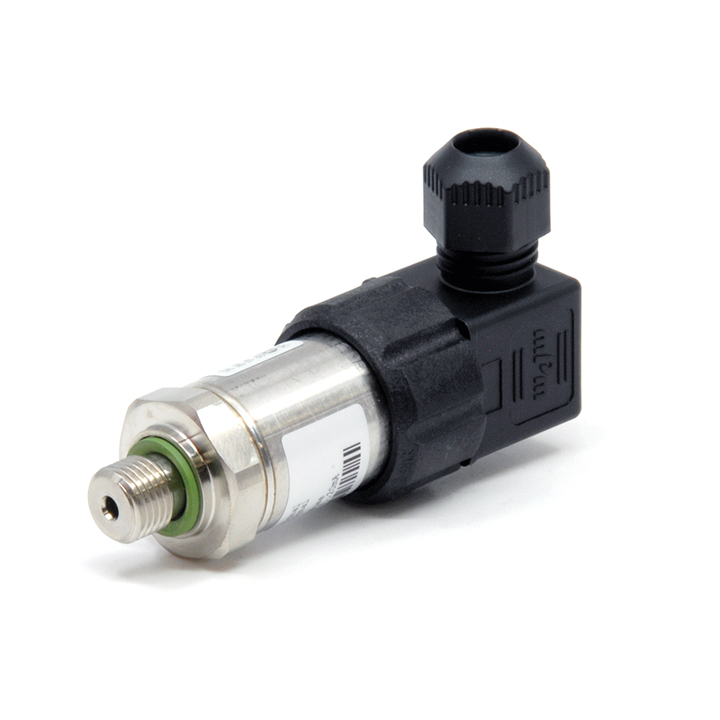The uptake in the development of fuel cell electric vehicles has been followed by a rise in the setup of infrastructure for hydrogen refuelling around the world. The need for fast, accurate and safe refuelling requires sensors suitable for hydrogen applications.
The Federal Government has identified hydrogen-fuelled vehicles as a key component of its Future Fuels and Vehicles Strategy in line with its technology-led approach to reducing emissions in the transport sector.
As more federal and state funding is announced for hydrogen fuel service stations, and demand subsequently increases, so too will the need for suitable and certified technology to cater for the market.
HYDAC’s pressure transmitter series HDA 4400 and HDA 4100 are geared for this market.
“The HDA 4100 is an absolute pressure transmitter, and because there are only three to ten bar extra pressure measurements needed in fuel cells on test benches, we can provide this product to the market,” a HYDAC spokesperson said.
The HDA 4400 has a pressure measurement cell with a thin-film strain gauge on a stainless-steel membrane. The output signals 4-20mA or 0-10V enable connection to all HYDAC Electronic GMBH measurement and control devices as well as standard evaluation systems such as programmable logic controllers (PLCs).
The spokesperson said that the transmitter has been ATEX, IECEx and North American certified, among other certifications.
The spokesperson added that HYDAC also offers redundant pressure transmitters where the sensor cells are welded side by side.
“Inside the housing, we find two galvanic isolated electronics and the transmitter has two output signals. This is called a category three system architecture, which is also ATEX and IECEx certified because there are more and more functions in the refuelling stations that need to be CO2 certified,” the spokesperson said.
Two benefits in one
“If a customer chooses two pressure transmitters, which they install in an identical circuit, then all signals are read in the PLC, and a cross monitoring of both signals takes place in the PLC.
The same thing can be done with a redundant return pressure transmitter,” the spokesperson said.
“During this cross-monitoring, the customer saves one additional process connection.”
The spokesperson said the ‘categoryto-architecture’ pressure transmitter was developed to accommodate the growing demand for CO2 functions in the energy industry.
“This pressure transmitter does have eone sensor element, a very specific electronic with various functions or various parameters,” the spokesperson said.
“In the case of an error being detected inside the transmitter, the signal is pulled down to three million, which is a signal for the PLC to print the system to ‘safe’ state.”
What is the difference between a hydraulic pressure transmitter and a hydrogen pressure transmitter?
“The answer is that HYDAC specifically designed the hydrogen pressure sensor for the hydrogen market,” the spokesperson said.
“This means we designed a sensor cell and a process connection made from special stainless steel; it’s 144/35 with a minimum nickel content of 13 percent.
“The mechanical connections are designed to limit wetted surfaces and to provide perfect sealing for hydrogen gas.
“This material is ideal against hydrogen corrosion – embrittlement caused by hydrogen low temperatures that cause fractures in standard stainless steel.”
This sponsored editorial was brought to you by Hydac. For further information visit: hydac.com.au.



















